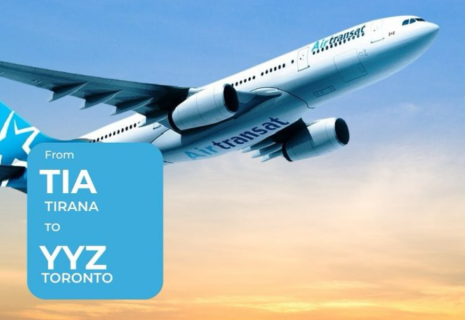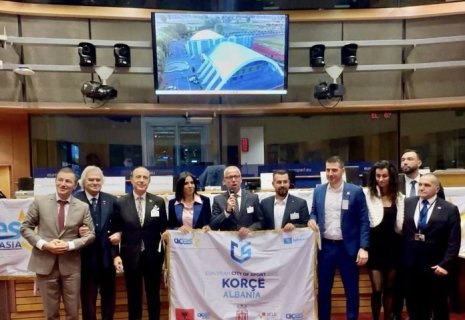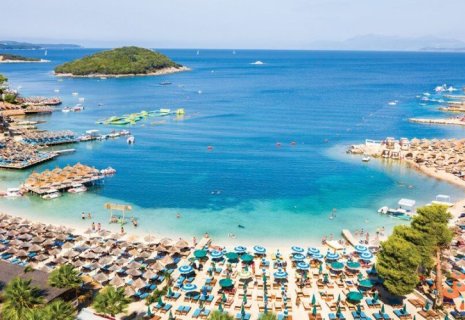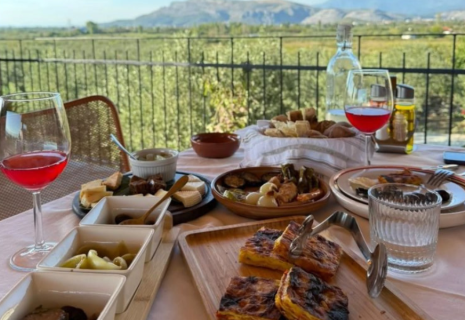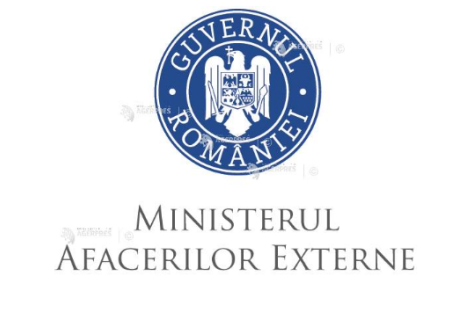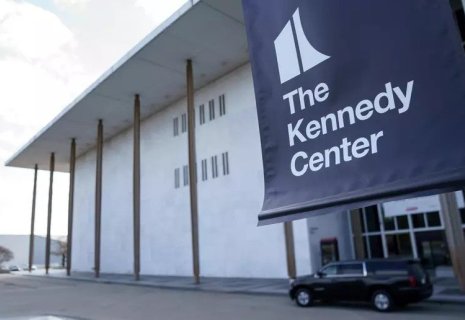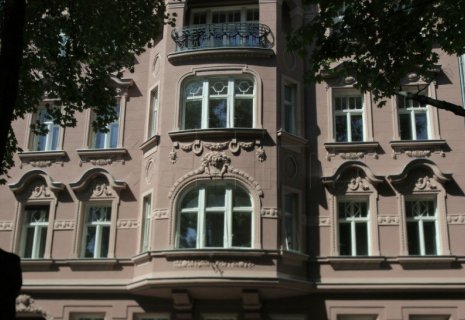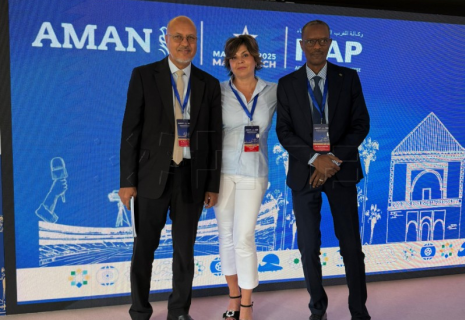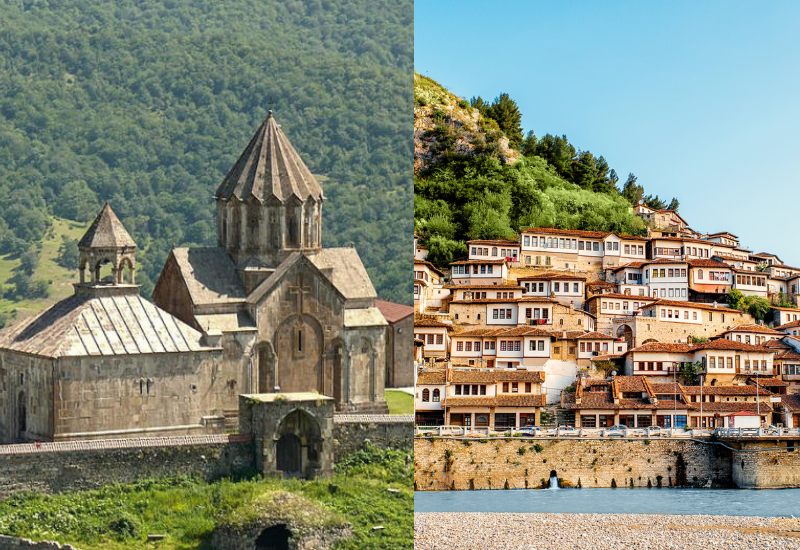
Comparative perspectives: Caucasus Albania and Modern Albania
Albania, a small but strategically located country in the Balkans, has a rich and multifaceted history that includes the existence of a once-prominent region known as Caucasus Albania. Despite sharing a name and certain cultural threads, the two regions differ greatly in terms of geography, history, and cultural evolution. This article aims to explore the similarities and differences between Caucasus Albania, located in the eastern part of modern-day Azerbaijan, and contemporary Albania, CE Report reports.
Historical Background
Caucasus Albania was a historical region that existed between the 4th century BC and the 8th century AD in what is now Azerbaijan, located in the South Caucasus. It was known for its diverse ethnic groups, including Albanians, and was a cultural melting pot influenced by various empires and civilizations, from the Romans to the Persians.
Modern Albania, on the other hand, emerged as a nation-state in the late 19th and early 20th centuries, achieving independence from the Ottoman Empire in 1912. The history of modern Albania is marked by periods of foreign occupation, communist rule, and subsequent transition to democracy in the 1990s.
Cultural Similarities
Language Roots: Both regions are linked by the Albanian language, which has its roots in the ancient languages spoken in the region. Modern Albanians speak a unique Indo-European language, while the ancient inhabitants of Caucasus Albania likely spoke a variety of languages that contributed to the development of the Albanian lexicon.
Religious Influences: Both Caucasus Albania and modern Albania experienced influences from Christianity and Islam. Caucasus Albania was predominantly Christian before the arrival of Islam, while modern Albania is a Muslim-majority country with a significant Christian population. This religious diversity shaped cultural customs, festivals, and arts in both regions.
Folklore and Traditions: Both regions share a wealth of folklore and oral traditions that reflect common themes, such as heroism, nature, and family values. Folk music and dance, although varying in style, are essential components of cultural identity in both Caucasus Albania and modern Albania.
Differences in Identity and Geography
Geographical Context: Caucasus Albania lies in the mountainous terrain of the South Caucasus, near the Caspian Sea, while modern Albania is situated along the Adriatic and Ionian seas in the Western Balkans. This geographic disparity has influenced the lifestyles, economic activities, and trade routes of the peoples in these regions.
Political Evolution: Caucasus Albania was incorporated into various empires and eventually fell under the rule of the Turkic invasions that transformed the region. In contrast, modern Albania navigated through the Ottoman Empire, World War II, and decades of communist dictatorship before emerging as an independent democracy. The political narratives of the two regions are starkly different, with modern Albania experiencing a recent history of democratic reforms and integration into European structures.
Ethnic Composition: The population of Caucasus Albania was ethnically diverse, comprising Albanians and other groups, such as Armenians and Persians. In contrast, modern Albania is predominantly ethnically Albanian, although there are minority populations of Greeks, Montenegrins, and Roma. This shift reflects broader trends of migration, conquest, and national identity formation over centuries.
Conclusion
In summary, while Caucasus Albania and modern Albania share historical and cultural connections, they are distinct entities shaped by different geographic, political, and ethnic contexts. The legacy of Caucasus Albania continues to be a point of interest for historians and cultural enthusiasts alike, as it provides insights into the ancient roots of Albanian identity. Modern Albania, with its rich history of resilience and transformation, continues to evolve as a vibrant nation-state. Understanding these differences and similarities helps appreciate the complex tapestry of Albanian heritage that weaves together various threads from its past.


